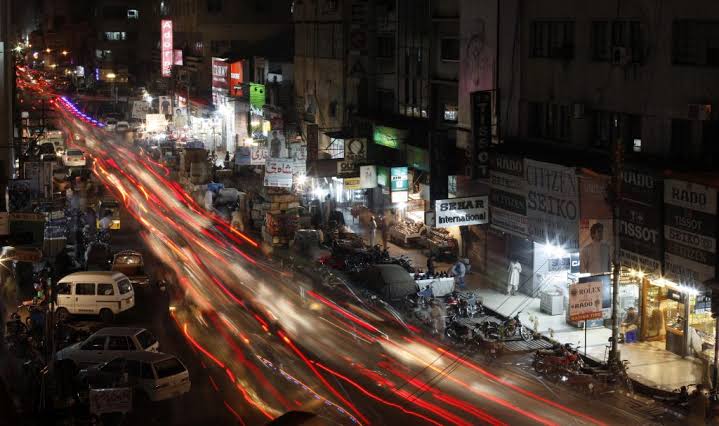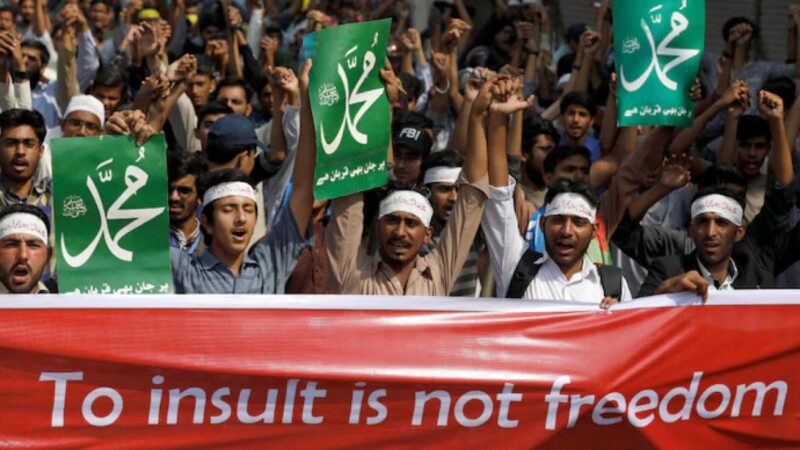Drugs business in Afghanistan booming

KABUL: Afghanistan has always been active for growing and selling drugs. In the Taliban regime, its increasing even more.
The country has long been linked with heroin, but in recent years, it has also emerged as a significant producer of crystal meth – another dangerously addictive drug. One source involved in the trade says that about 3,000kg of crystal meth are now manufactured every day by more than 500 makeshift “factories” in a single remote drug-producing district in the south-west of the country.
The rise of meth has been fuelled by a discovery that ephedra – a common, wild herb known locally as “oman” – can be used to make one of the drug’s key ingredients: ephedrine. At a bazaar deep in the desert that serves as the central node of Afghanistan’s meth trade, there are huge mounds of the plant on sale, on a scale not previously seen before.
Previously, the Taliban were understood to charge tax on ephedra. But recently, they have announced a ban on its cultivation, in a decree that was not widely publicised.
For the moment though, they’re continuing to allow the meth labs to function. One Afghan involved in the trade told us with a wide grin that the ban on ephedra had simply caused the wholesale price of meth to double overnight, while there were still warehouses full of supplies of the plant to use for future production.
Dr David Mansfield is a leading expert on Afghanistan’s drug trade who has tracked the growth in meth production with the help of satellite imagery identifying labs involved in the process. He says the ban on ephedra comes at a time of the year when the crop has already been collected, “so the true impact will not even be felt until July next year when the ephedra harvest is due”.
Dr Mansfield believes the amount of meth being produced in Afghanistan could outweigh the amount of the country’s other more established drug, heroin. Opium harvested from the country’s poppy fields is already estimated to be the source of about 80% of the world’s supply, and it too appears to be booming.
In recent weeks, farmers across Afghanistan have been busy preparing their fields and planting opium seeds. “We know it’s harmful,” says Mohammad Ghani, while raking the earth outside the city of Kandahar, “but nothing else we grow makes any money.” Afghanistan’s economy is collapsing following the withdrawal of international support in response to the Taliban takeover earlier this year, and for many farmers, opium seems like the safest option. Decreasing water levels, exacerbated by drought, are also forcing their hands, they say. “We have to drill wells, and if we grow okra or tomatoes, we won’t even make half of what the wells cost us,” says Mr Ghani. Speculation the Taliban might eventually ban opium cultivation has led to a rise in prices, which in turn, according to farmers, is encouraging them to plant more of it.
For now, the trade is flourishing. Opium dealers, who used to pay off corrupt government officials and sell bags of the thick black paste in secret, have now set up stalls in markets. “Since the Taliban liberated the country, we have become totally free,” one wholesaler says, with a smile. The Taliban, however, are still sensitive about the trade. In Helmand province, they prevented the BBC from filming a large and notorious opium bazaar, describing it as a “restricted area”.
When pressed on whether the ban on media coverage was rooted in allegations some Taliban members were profiting from the trade, Hafiz Rashid, the head of the provincial cultural commission abruptly ended an interview and threatened to smash a camera unless the footage was deleted. In neighbouring Kandahar, we were initially given permission to film an opium bazaar, but on arrival told it would not be possible. Bilal Karimi, a Taliban spokesman in Kabul, told the BBC the group was “trying to find alternatives” for farmers. “We can’t take this away from people without offering them something else,” he said.
During the group’s first stint in power, they did eventually ban opium. During their insurgency, however, taxes on it became a source of revenue, though in public they refute that. Some traders say that if the Taliban want to, they will be able to effectively enforce a ban on the drug again.
Others are sceptical. “They’ve achieved what they have thanks to opium,” one farmer says, indignantly. “None of us will let them ban opium unless the international community helps the Afghan people. Otherwise we’ll go hungry and won’t be able to look after our families.”
Dr Mansfield warns that increases in costs of food and agricultural products linked to the economic crisis will lead farmers and lab owners to ramp up the volume of trade, “just to maintain their income”.
In parts of Afghanistan, the drug industry is deeply enmeshed in the local economy.
Gandum Rez, a remote cluster of villages in Helmand, is only reachable by a dusty gravel track. But it’s at the centre of the global heroin trade.
As well as a large number of market stalls devoted to the sale of opium, it’s home to factories, employing 60-70 people each, which process it into heroin. The drug is smuggled into Pakistan and Iran, and then westwards to the rest of the world, including Europe.
According to one local source, a kilogram of heroin for export sells at around 210,000 Pakistani rupees (£900; $1,190).
A former drug trafficker in the UK told the BBC that by the time a kilogram reached Britain and had been cut with various mixing agents, it would have a street value of around $66,000.
Most of that profit is made by those transporting the drugs internationally, but the Taliban do levy taxes on producers.
According to Dr Mansfield, the amounts earned by the group from drugs are often overstated, and less significant than other sources of revenue. But he estimates that in 2020, they received around $35m from taxes on drug production – money that they need.
“The first time the Taliban came to power, it took them six years before they actually enforced a ban on drugs and that was just opium at the time,” he says.
To do so now, given the state of the Afghan economy, Dr Mansfield says, would be seen as punishing a constituency that has previously given the Taliban “succour and support”.
Taliban spokesman Bilal Karimi told the BBC that eradicating drug production would help both Afghanistan and the international community, “so the world should help too”. The country’s drug trade doesn’t solely revolve around exports. It has also had a devastating impact on the Afghan population, in which high levels of addiction are seen. By the side of a busy road on the outskirts of the capital Kabul, a few hundred men are huddled together in small groups, smoking crystal meth and heroin.
“Now the drugs are made in Afghanistan, they’re much less expensive,” says one man, “before they used to come from Iran. A gram of meth was 1,500 Afghani ($15), now it’s 30 to 40 Afghani ($0.31 to $0.41).” Conditions are squalid, with some living inside sewage ditches. “Even a dog wouldn’t live the way we do here,” says another man. The Taliban often roughly round them up and take them to under-resourced rehab centres, they say, but most end up straight back here. For now, more drugs look set to hit the streets both in Afghanistan and abroad.






